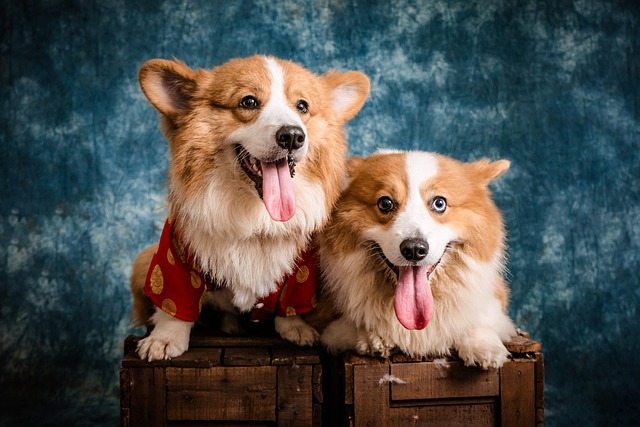
What is glaucoma in a dog?
You might notice your dog squinting more at mealtime or avoiding bright sunlight—these small changes could be early signs of a serious eye condition.
If you’ve ever dashed home from work early, worrying your dog’s water bowl ran dry hours ago, or watched your pup lap at a half-empty bowl with disinterest, you’ve probably asked: Are water dispensers actually good for dogs? New dog parents from Chicago to San Diego often debate this, torn between convenience and concern—will it keep them hydrated, or just collect dust? If your Beagle sniffs the dispenser but sticks to their old bowl, or your puppy paws at the spout like it’s a toy, let’s unpack whether these tools are a win for you and your pup.
Let’s start with why hydration matters, simply. Dogs need constant access to fresh water—their bodies are 60% water, and even mild dehydration causes fatigue, dry noses, or worse. For busy owners, a water dispenser solves a big problem: Instead of refilling a bowl 3 times a day, a gravity-fed or electric dispenser keeps water flowing as they drink. Gravity models use a reservoir that refills the bowl automatically, great for full workdays. Electric ones might filter water (removing impurities) or keep it cool, perfect for Arizona summers or picky drinkers who prefer cold water. For active breeds like Australian Shepherds who guzzle water after play, or senior dogs who can’t get up as easily, having water always available prevents “I’m thirsty but can’t reach” struggles. Unlike a regular bowl that empties fast, dispensers turn “maybe they drank enough” into “I know they did.”

So, how do you make sure a dispenser works for your dog? Start with choosing the right type. For chewers (looking at you, Pit Bull puppies), skip plastic with flimsy spouts—go for stainless steel, which holds up to gnawing. For apartments, gravity-fed models are quieter than electric ones (no buzzing to annoy neighbors). Avoid dispensers with tiny parts (like detachable filters) that curious pups might swallow—if it comes off easily, it’s a risk. Maintenance is non-negotiable: Empty the bowl daily to dump stale water, and once a week, take it apart to scrub the reservoir with warm soapy water (mold loves dark, wet corners!). If your dog is hesitant, train them gently: Dip your finger in the water, let them lick it, then guide their nose to the bowl. When they drink, cheer and offer a treat—positive reinforcement turns “strange new thing” into “my water spot.”
Now, let’s tie this to responsible dog ownership here. First, health basics: Hydration pairs with regular vet visits—don’t forget that rabies vaccine (required by law in all 50 states) while you’re there. When walking, always carry water (even with a dispenser at home) and poop bags—cities like Denver fine $150 for uncleaned messes, and a hydrated pup means more walks, so stay prepared. In apartments, stick to quiet dispensers and avoid placing them near neighbors’ walls—no one wants to hear constant dripping at 7 AM. And remember: Never scold a dog for avoiding the dispenser. Some take time to adjust, and patience (plus extra treats) works better than pushing.
Water dispensers aren’t a replacement for your care, but they’re a smart tool to keep your pup hydrated, happy, and healthy. With the right pick and a little maintenance, that dispenser will go from “another gadget” to a daily helper—so you can stop worrying about dry bowls and start enjoying more walks (with those poop bags, of course).

You might notice your dog squinting more at mealtime or avoiding bright sunlight—these small changes could be early signs of a serious eye condition.

Let’s set the scene: It’s a sweltering Phoenix afternoon—105°F outside—and you rushed your 2-year-old Lab mix, Cooper, on a quick walk to “get it over with.”

Let’s get real: You’re in your Miami apartment, watching your 3-year-old Corgi, Loki, struggle to climb the stairs to your second-floor unit.

Many dog owners brush off occasional scratching as just “dog behavior,” but persistent itching often signals something more—like a food allergy.

You might first notice your dog scratching more than usual—chewing at their paws until the fur looks thin, or rubbing their face against the couch nonstop.

Let’s be real: You’re standing in your Chicago apartment, watching your 3-year-old Beagle, Max, huff and puff just to climb onto the couch.